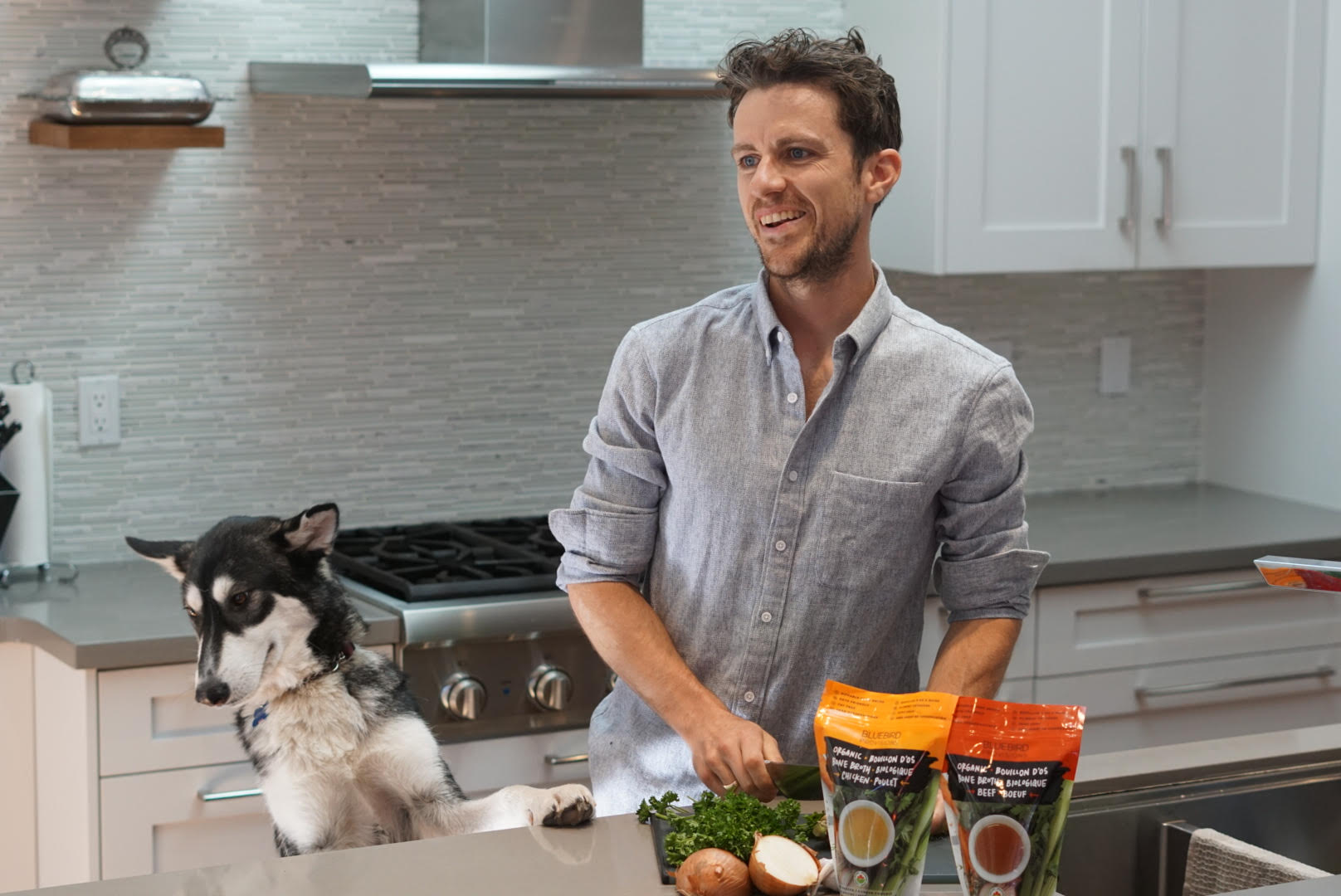
How COVID Impacts Small Food Business: Q2 2020 Review
It’s difficult to write this review without referencing the big pandemic elephant in the room. An elephant so large that his snout affects everything in its path, including food businesses.
First off, I’m grateful that what we do here is deemed essential (food) and did not have to shut down during COVID.
We continued to operate amidst a bunch of constraints, but that’s life these days.
Today I’ll review our last quarter (April, May, June) and discuss how a global pandemic affects food brands, big and small .
Then I’ll outline our goals and plans for Q3 (July, August, September). Let’s being with a few positives.
What went well

April Retail Sales up 9%
We had a decent month of sales in April. This was due to the run on grocery stores throughout March.
You, me and everyone else blitzed their local grocer, adding extra items that are still sitting in our pantries today. Do you really need 10 boxes of mac and cheese?
Fortunately for me, bone broth made it into some grocery carts.
Our grocery store sales reports typically lag behind what is actually happening in store by a month or so.
This is because we sell through distributors who hold a bunch of our product in inventory, then service each store directly.
For example: if March has big sales, we will usually get large orders from our distributors in April so that they can rebuild the inventory that they sold in March.
Online Sales up 67%
The retail (grocery stores) side of our business has been on cruise control throughout covid.
All of our grocery stores partners, distributors, etc are so swamped keeping food on the shelves that they don’t have bandwidth for much else.
Luckily, I doubled down on our online store in late 2019. Through 2020, my main goal is to increase our online sales to 25% of our total revenue.
Previously I’d dabbled with online sales throughout our four years. However it is so difficult and expensive to ship frozen bone broth across Canada that it was never worth the effort.
This time, I decided to go full speed ahead, tweaking our website and learning more about how to sell online.
When covid hit, a ton of retail shopping turned online. We were in a good position to ship orders and capture more online shoppers.
While we do have the basic infrastructure in place to sell and ship online, that doesn’t mean all the orders come flooding in.
Getting website traffic to a niche bone broth website is not easy.
Most online stores get sales and website traffic using facebook ads or some form of paid acquisition.
We’re bootstrapped (meaning self funded), so I don’t exactly have thousands of dollars to experiment with Facebook ads.
Speaking with some friends in that industry, it takes money and time to find your audience and messaging in order for the ads to convert.
Translation: it’s a great way to light some money on fire if you don’t know what you’re doing.
Instead of advertising, I decided to double down on two more cost effective ways of generating online sales.
1. Email
I’ve committed to a weekly newsletter to help educate you about bone broth and tell our brand story better.
We also send out some basic email sequences when someone subscribes.
2. Content Marketing
Fancy way of saying that I’m writing long-form articles about bone broth and other things in order to get organic search traffic from google.
I’ve learned that even if you are not a big, fancy website, you can show up on the first page of google. You just need to write a well researched and in depth article.
Both strategies work well enough for me to continue. I’m optimistic about our online sales going forward.
I’ve also launched our ‘Subscribe and Save’ program, affectionately known as the Bone Broth Family. Bad name I know, leave a comment with your suggestions.
I’ll tell you that it’s difficult to get people to subscribe to regular bone broth shipments, especially as we go into summer.
I’d say a third of the subscriptions we do get are by accident. Someone clicks the subscription box instead of the ‘one time order’ box. This leads to a ton of customer service time.
However, I see it as a reflection that I’m not communicating the value of a subscription the way I should be.
Further to that, I need to make it more clear when customers are subscribing and what that entails.
What did not go so well
Now onto some things that did not go well for us in Q2.
Awful Retail Sales in May, June
I couldn’t enjoy a relatively positive April because I knew what was coming. Also the whole pandemic thing had everybody down.
In May our retail sales fell off a cliff. The trend continued through June.
Now this usually happens as we are a seasonal product, but not to this extent.
You probably don’t yearn for a mug full of warm bone broth when it’s hot and sunny.
By April in Canada, grocery stores were restricting visitors. In my estimation, shoppers were focused on two things:
- Getting in and out of the store as fast as possible.
- Buying just what they need.
This leaves no room for exploration in store. Customers are not thinking about us and certainly not finding us in the cold depths of the freezer section.
Our strong online sales saved us in May and June because retail was down 300% compared to 2019.
Unfortunately, slow retail sales will continue for us until September. We do have some promos, sales and programs in July and August, but I don’t see them bringing in huge sales increases.
The summer is always a slow time for bone broth companies. This will be the most difficult yet.
Pause on New Product Listings
Covid caused all grocery stores to pause on any new product listings.
Like I said above, the primary concern for all stores was keeping food on the shelves. Meeting with small brands like me to discuss new listings was not the priority.
As a result, a bunch of stores that were poised to carry our bone broth had to delay listing it in store. Some now won’t list it at all.
Stores are just starting to take meetings again. We are starting from scratch with our sales pipeline.
The sales cycles on food products are long. Usually you wait for the one time per year that stores accept new products for review. Since the reviews were cancelled for 2020, we have to wait until next year.
Shipping Issues Cause Spoiled Bone Broth
Most direct to consumer brands struggled with shipping orders in a timely manner. Even amazon was 3 weeks behind.
That’s great if you know up front there will be delays. That way you can proactively communicate with your customers and plan for it.
This is a nightmare for shipping perishable goods, like frozen bone broth. Our issues were with a certain large shipping company.
My account manager assured me they could still ship in 1-2 days across Canada.
Through a three week period in April we lost a lot of bone broth in transit. Despite paying for overnight shipping, our packages were delayed.
Customers got angry to see bone broth arrive fully thawed a week after it shipped. I don’t blame them.
We issued more refunds and replaced more bone broth in April than we have in our four years in business combined.
It cost us a lot of money and stress. I hate letting people down like that, it was incredibly stressful.
As for that shipping company. They issued zero refunds on our shipments and did not give us a dime to replace all of the spoiled bone broth. The customer support and my account manager stopped responding to my calls and emails.
Now we’ve successfully transitioned to new couriers and shipping providers. We’re back to shipping 1-2 days throughout Canada.
Production Facility Closed Down for 2 Months
Here’s where covid-19 really effects small and big food brands.
In March, grocery stores had empty shelves because you and I bought everything we could.
Here’s a quick breakdown of what happens next.
- Food brands get excited and start producing more food products.
- Soon they realize that they do not have enough ingredients in their facilities to make their products.
- The new demand causes every food company to frantically order ingredients from their suppliers.
- Suppliers run out of ingredients. Food brands have nothing to make their products with.
- Food factories operate at half capacity, making what products they can get ingredients for.
- Food factories and facilities are forced to shut down because they can’t afford to run at half capacity.
We didn’t run out of ingredients or inventory, but one of our production facilities ran out of ingredients for the other food products they make.
Food production facilities need to be running at full capacity or else the economics don’t work. This forced our production facility to close for two months.
Luckily, they are amazing to work with and ensured I had enough inventory before they closed.
However, we were working on a couple of new projects with them, which got delayed a lot during a crucial time.
Now it is a struggle for us to complete these new projects in time to launch for the important fall season.
Now you’ve learned what happens to food brands during a pandemic, I’ll touch on our goals and plans for Q3.
Goals for Q3
1. Release New Product in September
We’ve got a new product!
It’s taken two years of research and testing to get his product ready for you. I can’t wait for you to try it.
A lot of my focus this quarter is ensuring we’re set up for success with this new product. If you’re subscribed to our newsletter then you’ll get to try it first.
A few of our community members have already tried it and love it. Our store partners and distributors are also very excited for the launch.
2. Prepare for More Product Changes in the Fall
Yes, we have a lot of game-changing things coming up in the fall. It is a crucial fall and winter for our business.
We are making massive changes that are needed for us to survive as a business. They’ll allow us to grow and reach our potential.
It is risky making these changes right after we launch a new product. The riskiest thing we’ve done to date.
Money is going to be incredibly tight. But in my mind, we have to make these product changes to be a sustainable business.
A lot of this quarter will be planning (hello spreadsheets) these changes from a sales and marketing perspective and setting up a foundation for future growth.
3. Grow Online Sales
Through Q2, online accounted for 20% of our revenue. This grew from 1% last year and 6% in Q1.
This is inflated because our retail sales were so low in April and May.
My goal in Q3 is to maintain online at 20% of revenue. I anticipate stronger retail sales this quarter, so it's going to challenge us to meet this 20% goal.
4. Build and Grow Relationships with Existing Grocery Stores
I’ve failed in this aspect throughout the last two years.
I hired sales representation to manage our relationships with grocery stores.
Through these two years I neglected to keep my existing relationships with these stores, thinking that my sales staff are sufficient. But things are falling through the cracks. I need to be more involved.
This industry is all about relationships. I need to personally have better relationships with all of our grocery store partners.
That’s all I have for you. If you want to help then consider purchasing some bone broth for yourself or a friend.
Read my Q3 Business Review here.
Enter your email below for for business updates.

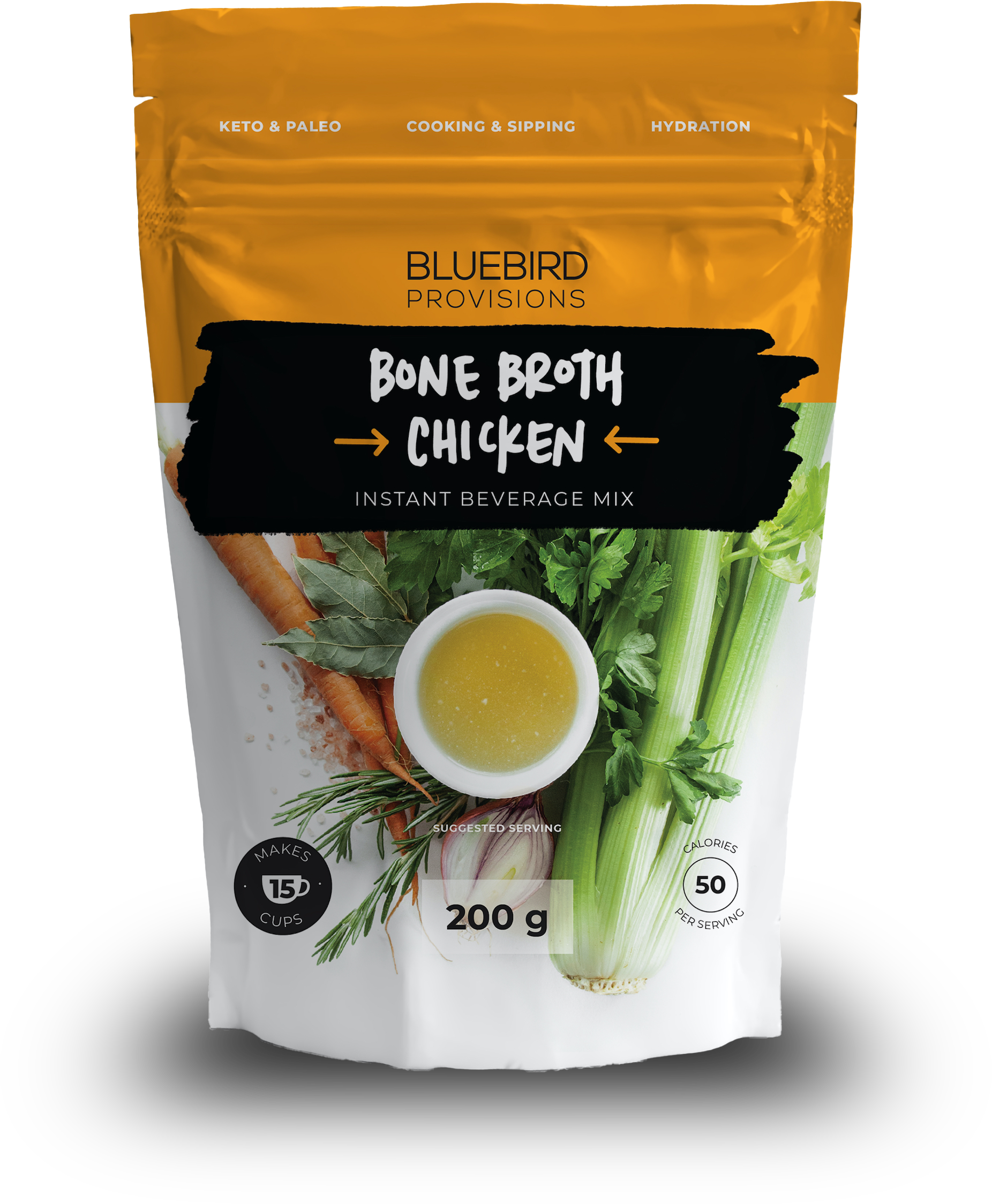

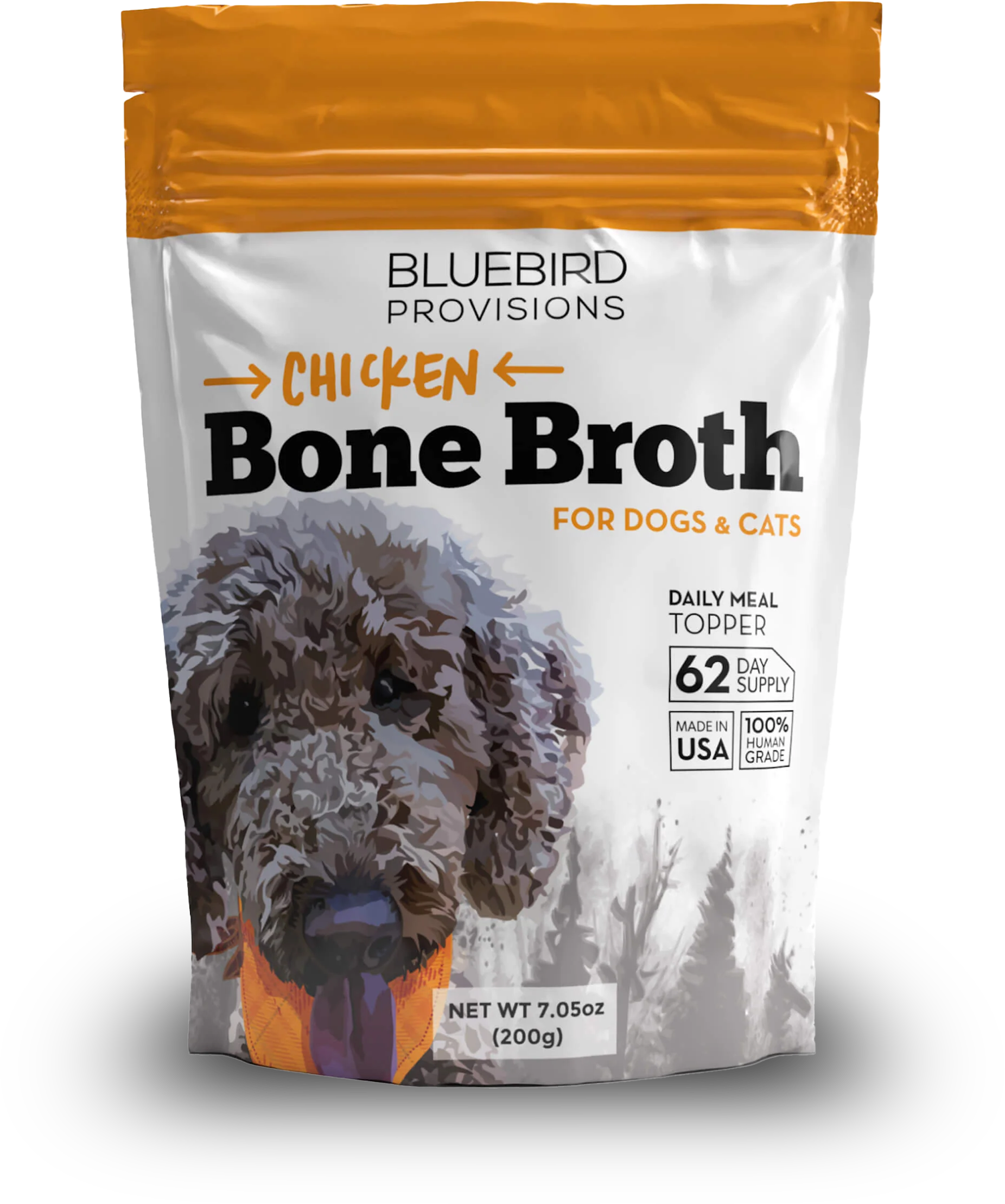
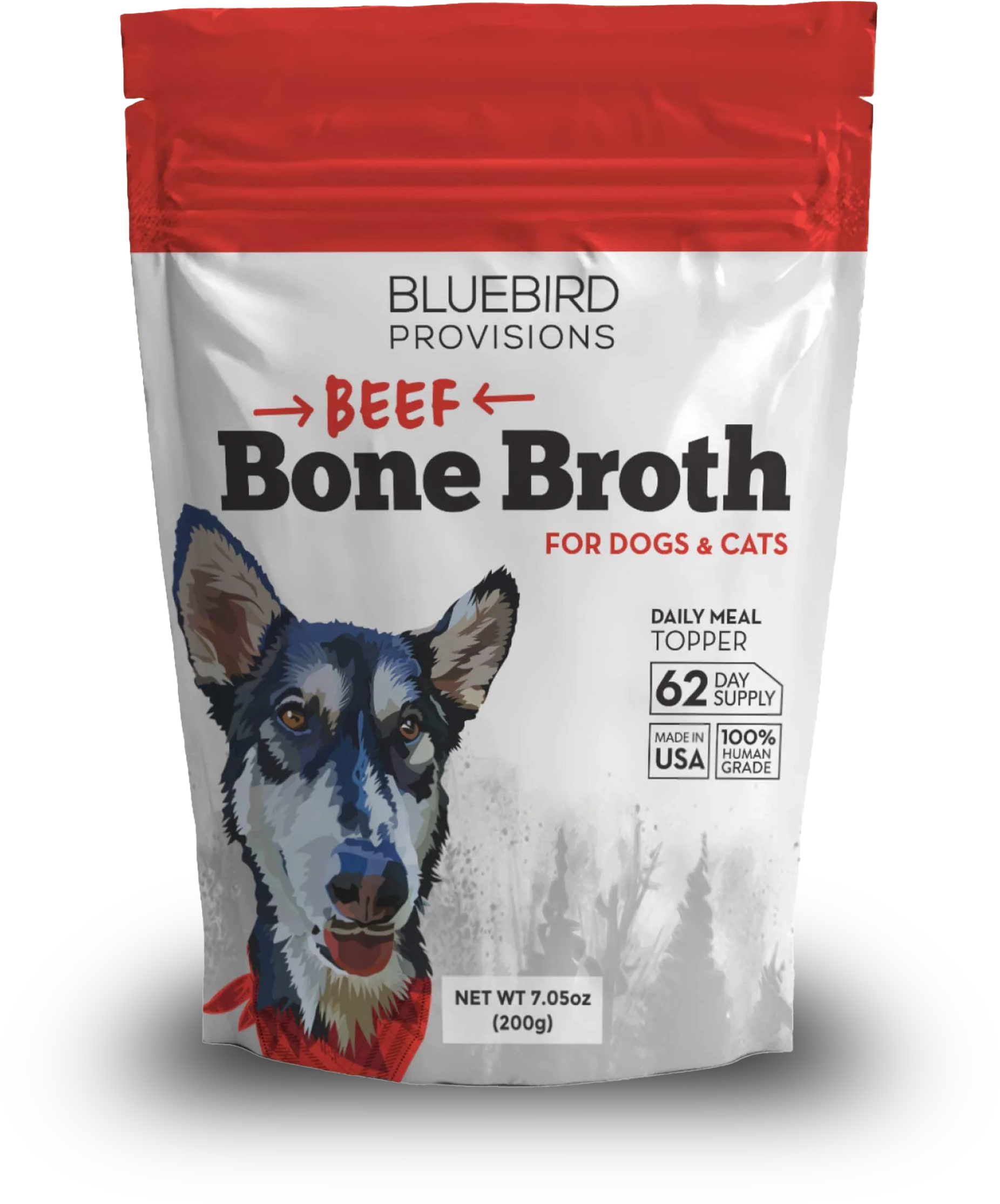

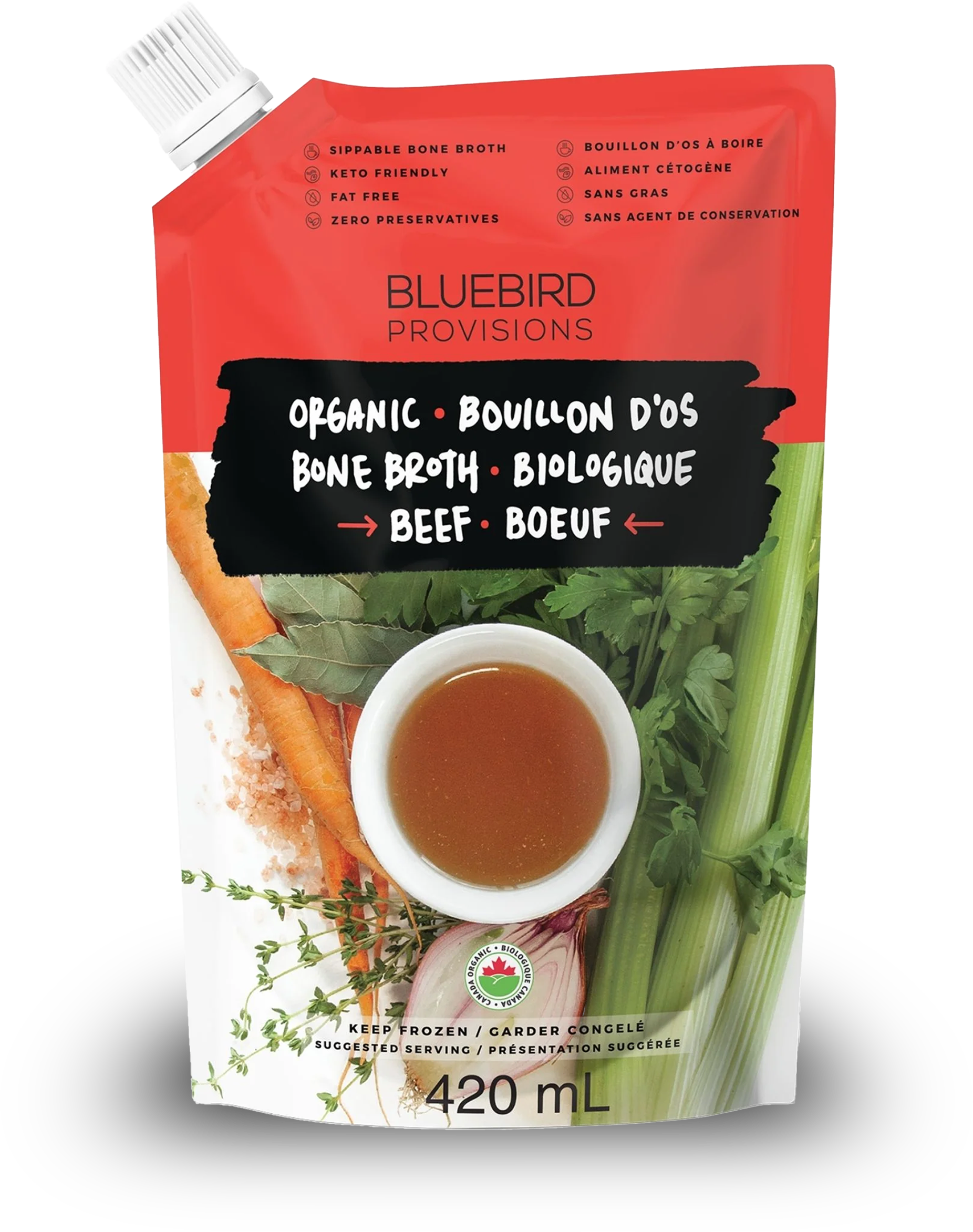



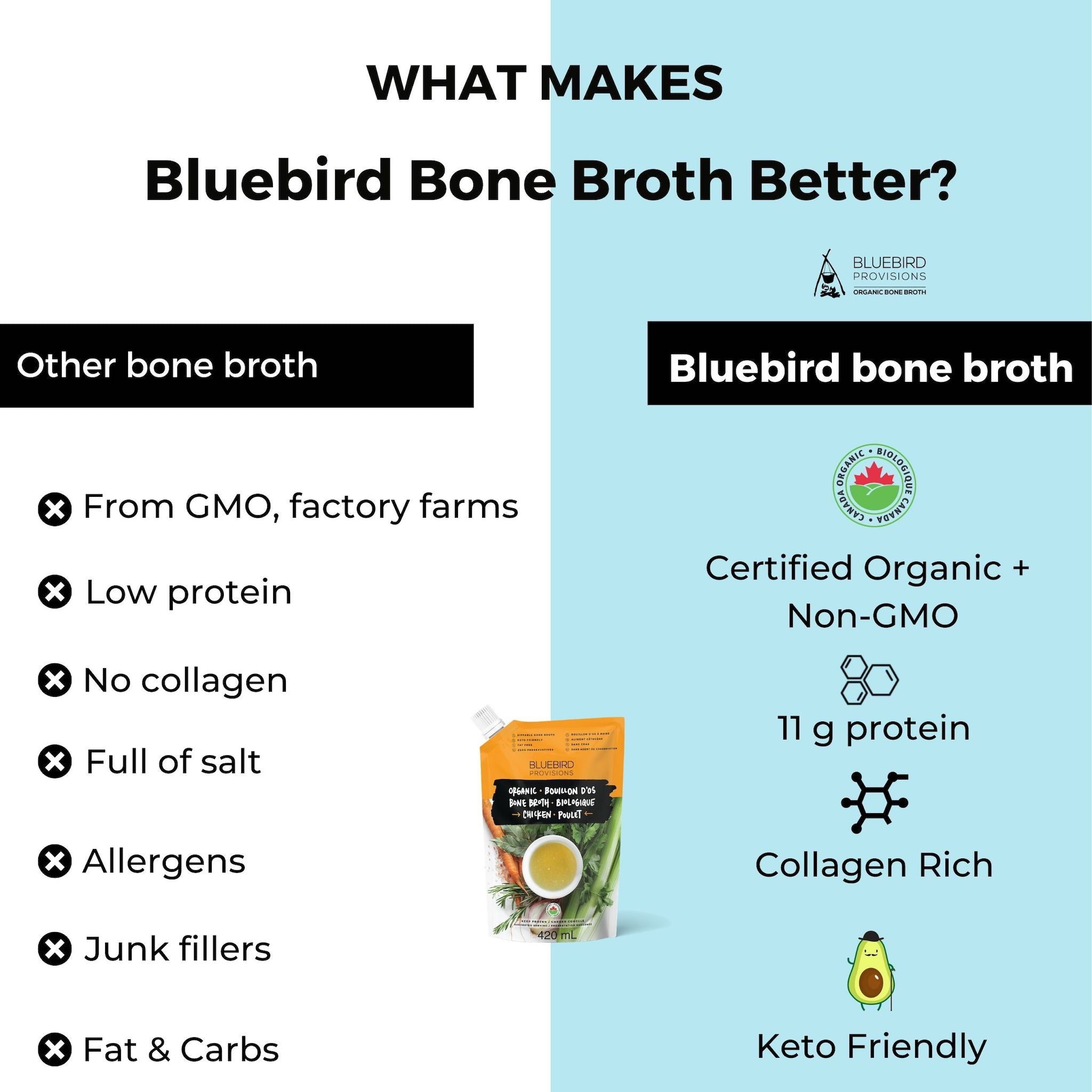
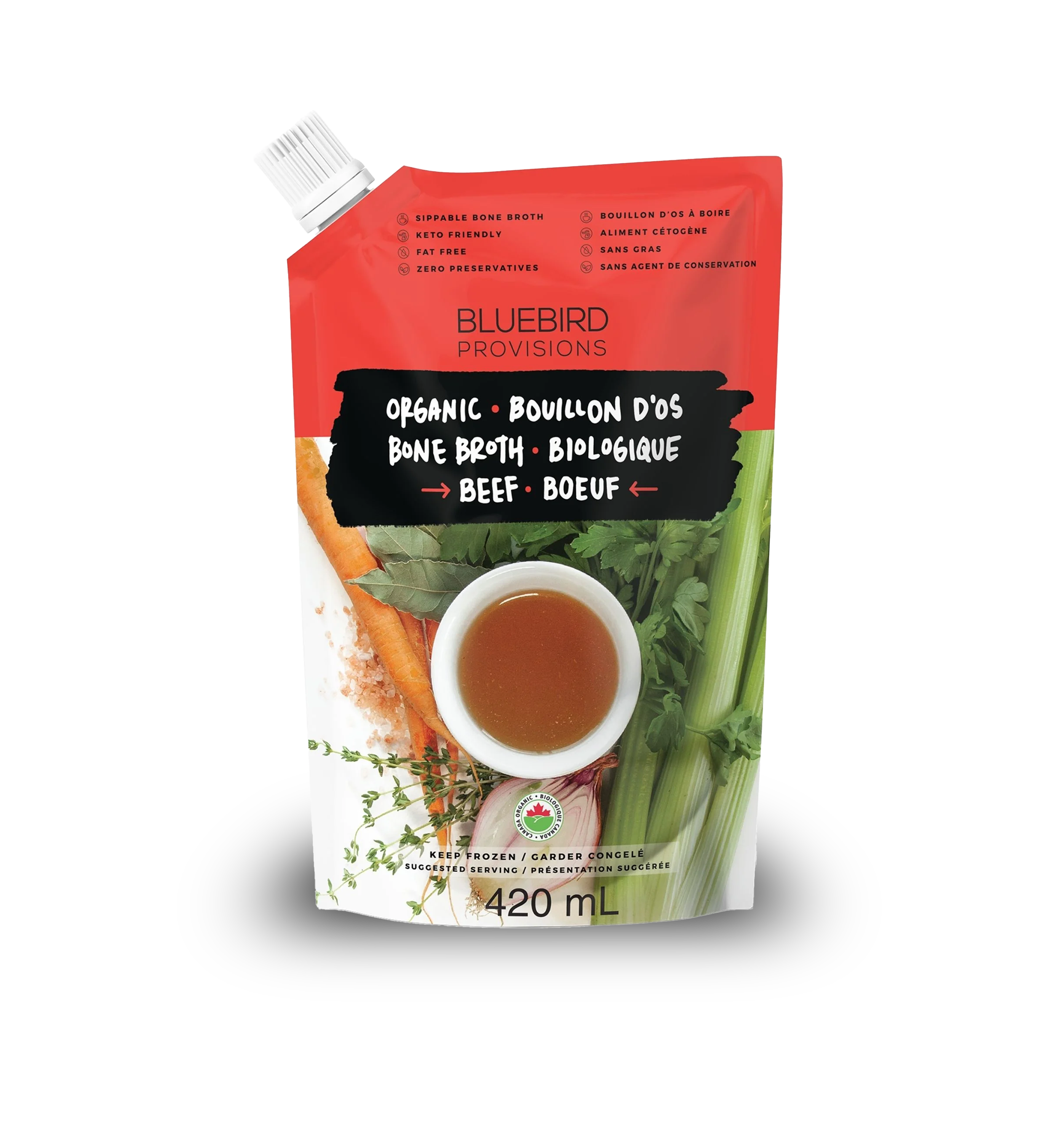
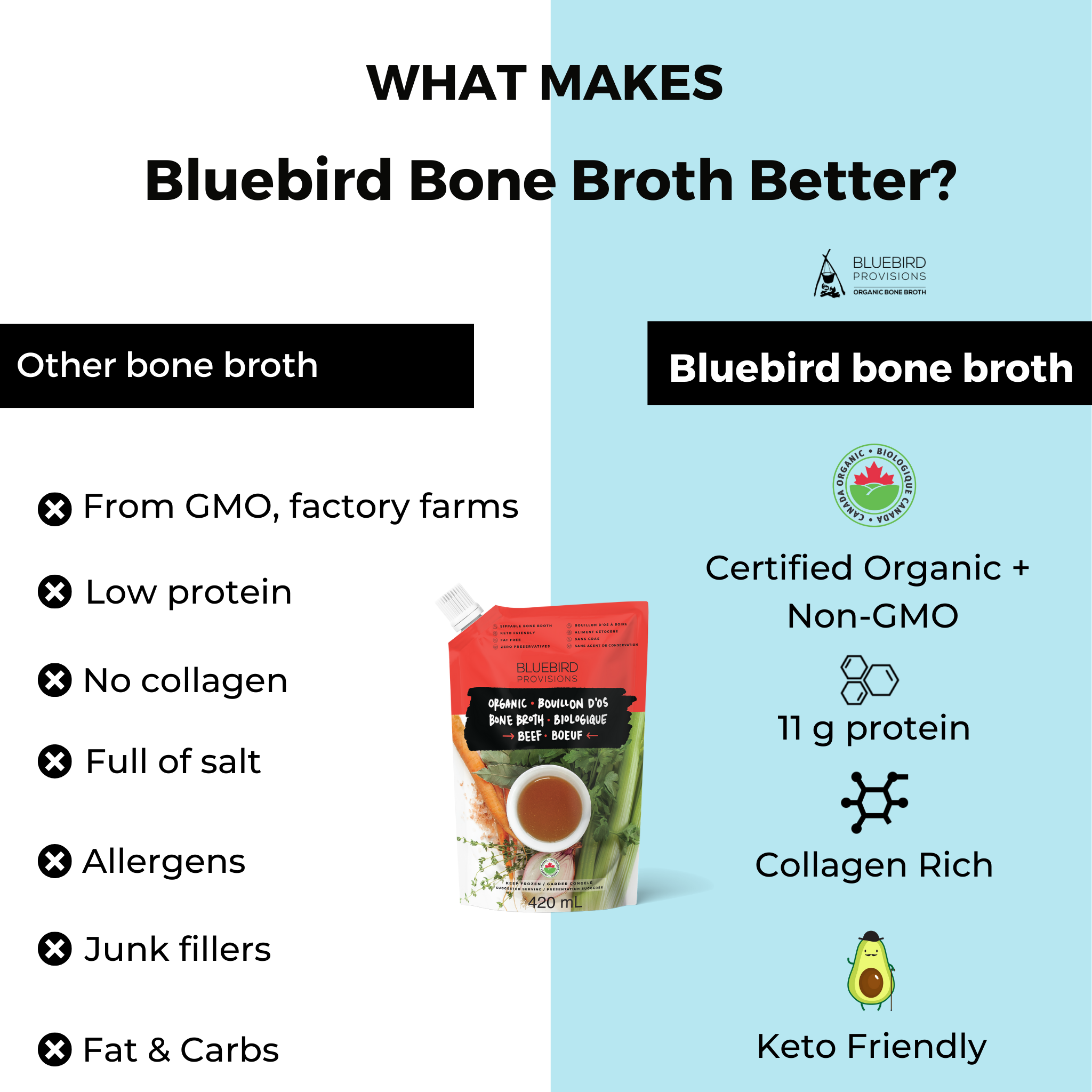
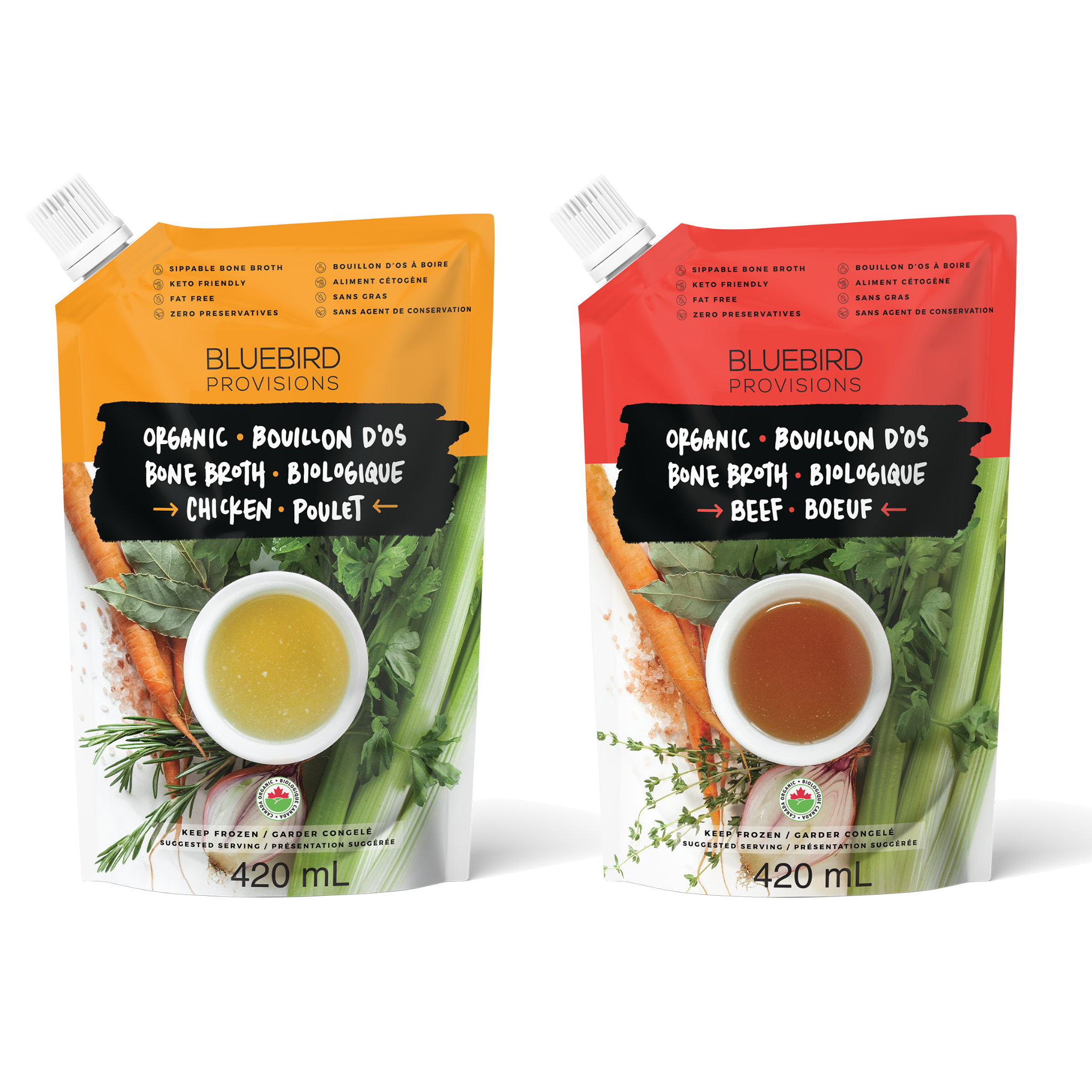
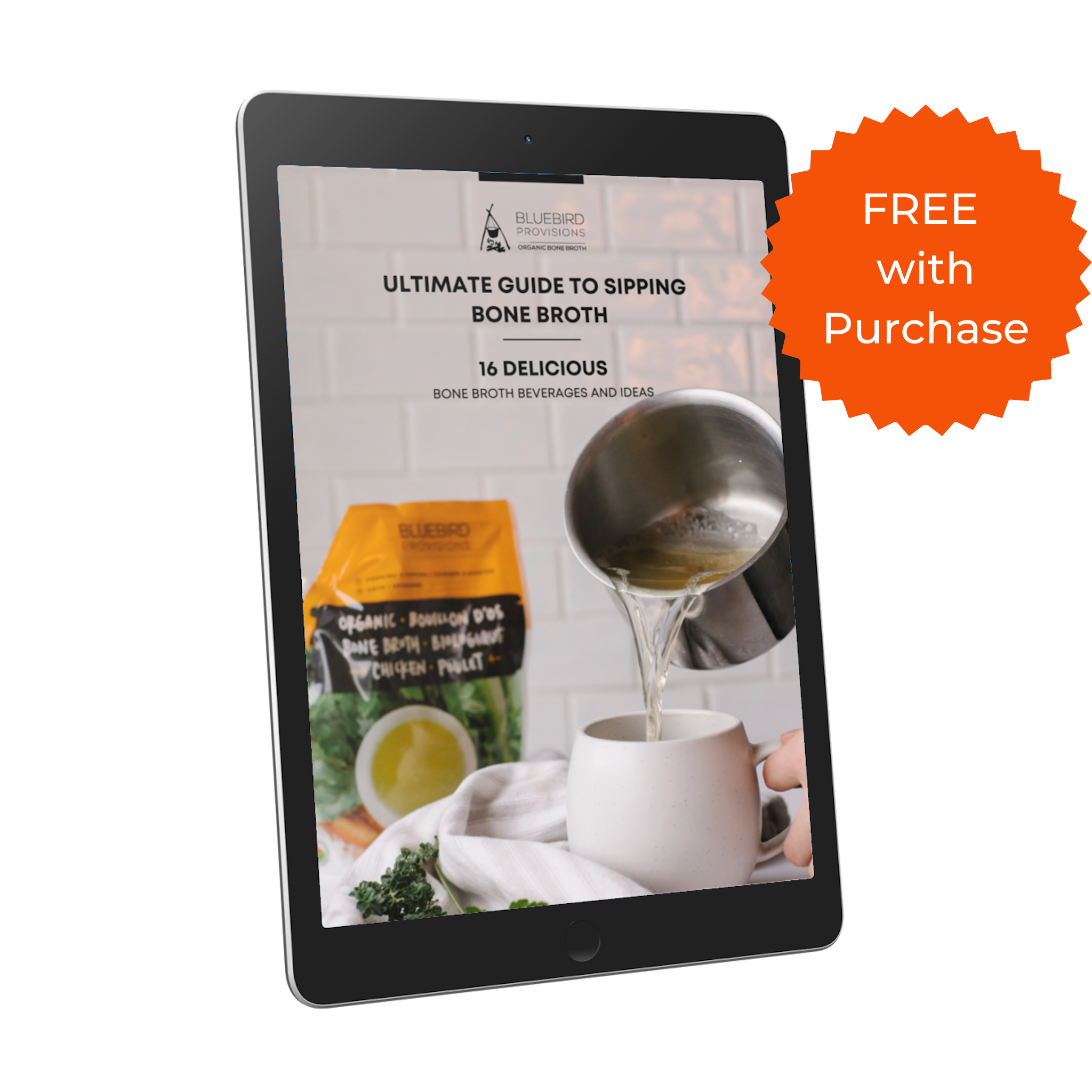
Leave a comment
This site is protected by hCaptcha and the hCaptcha Privacy Policy and Terms of Service apply.